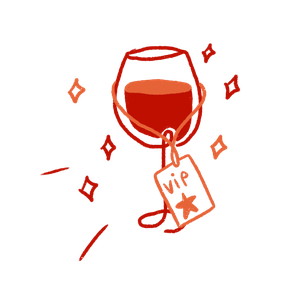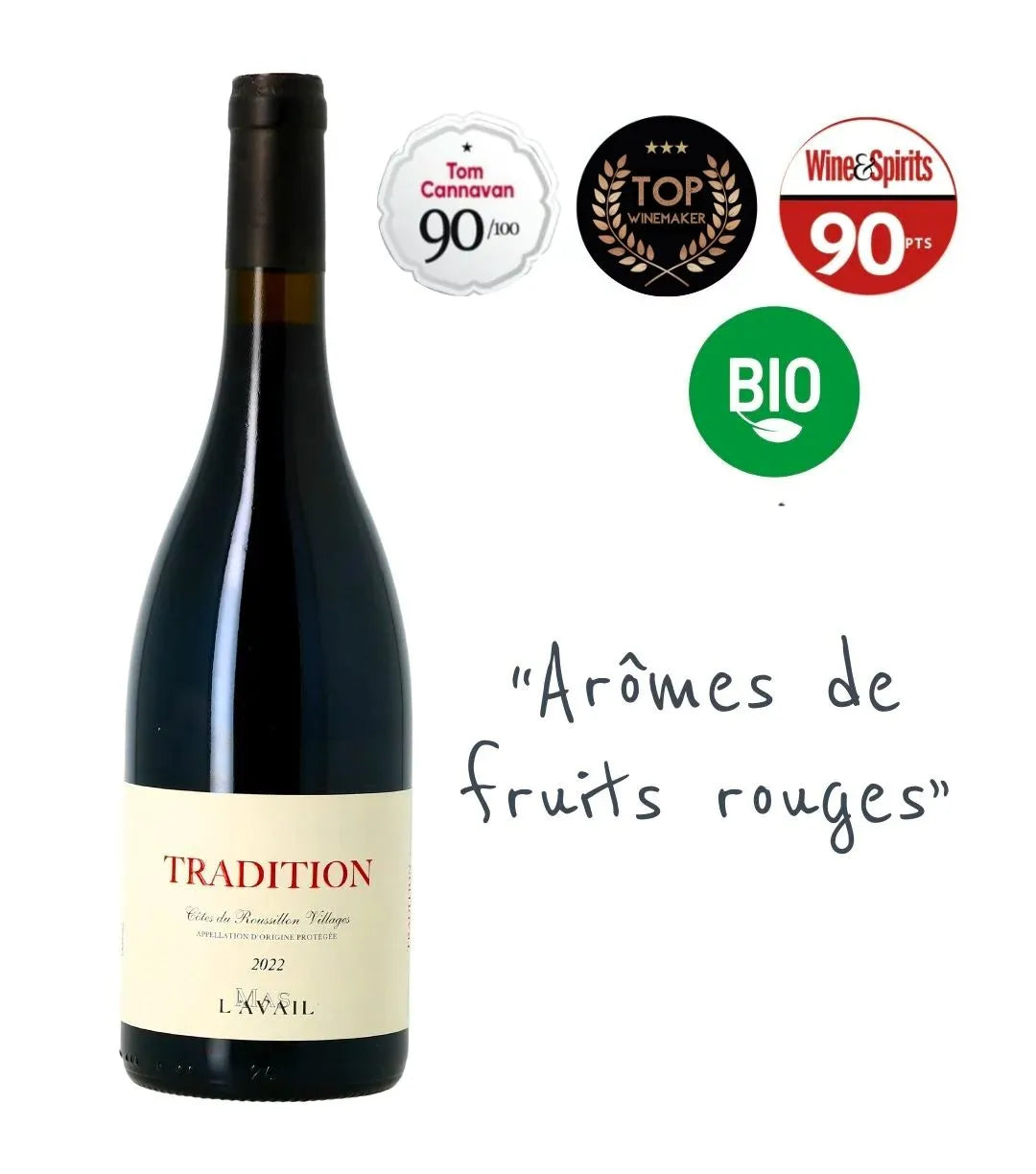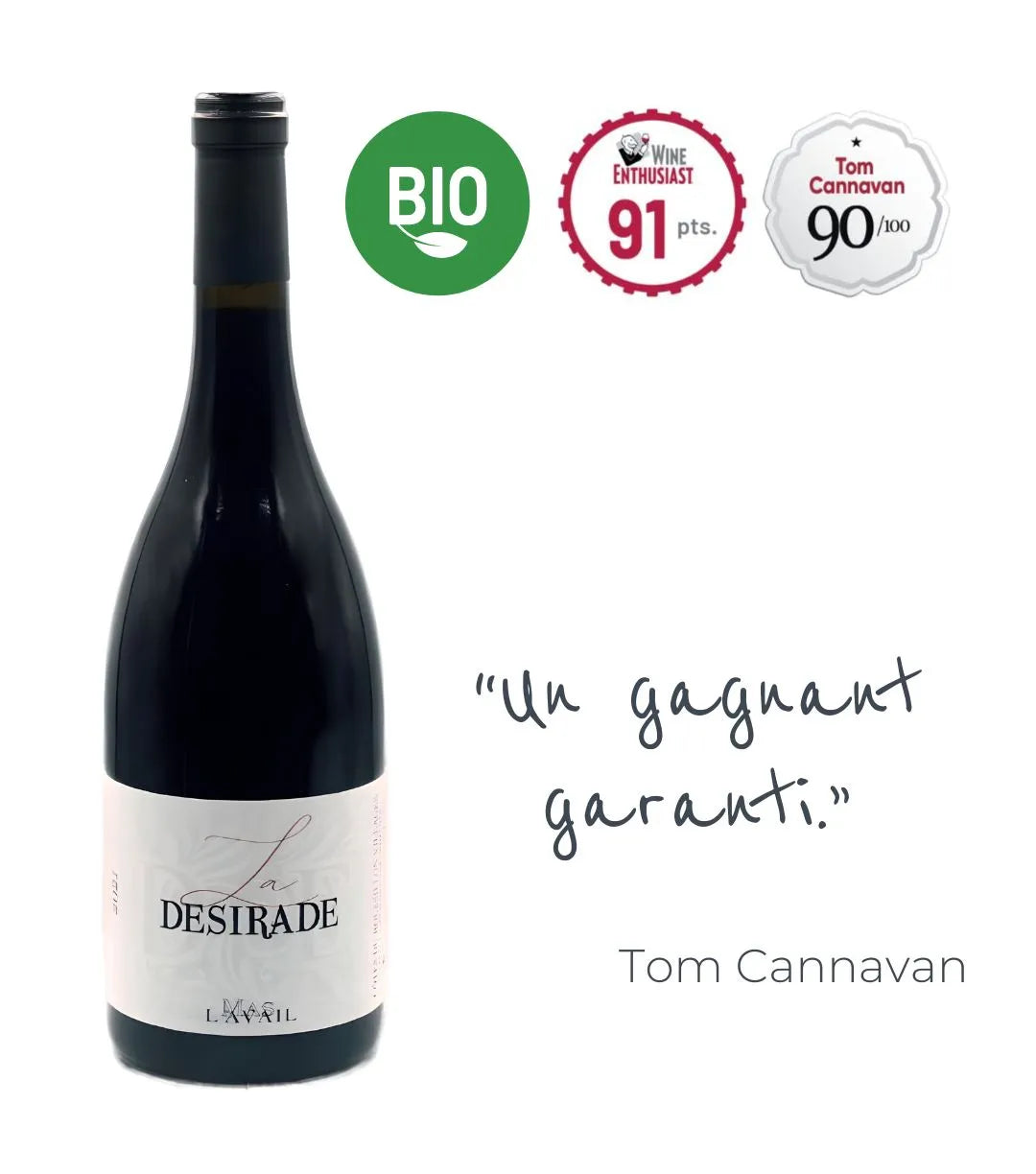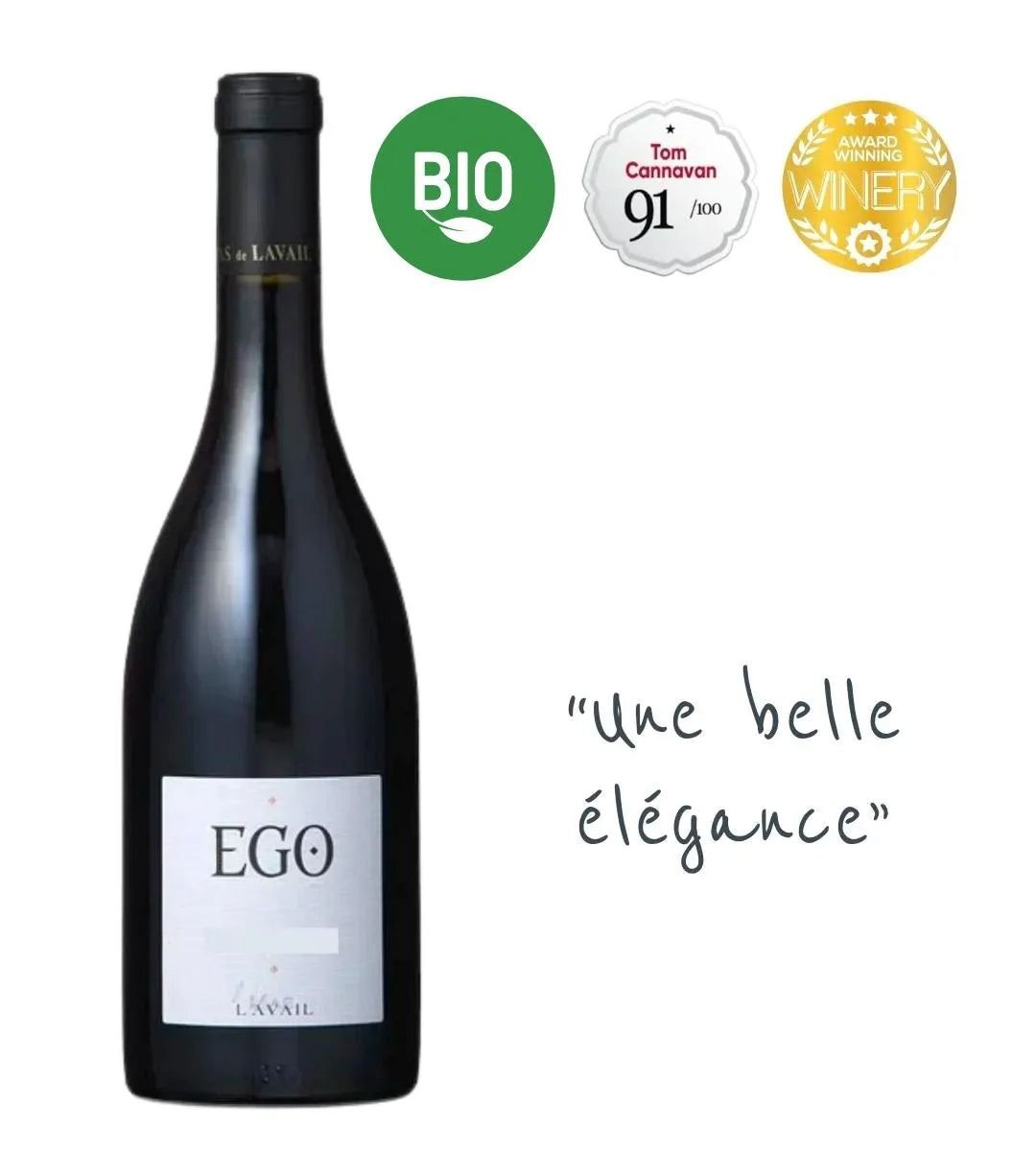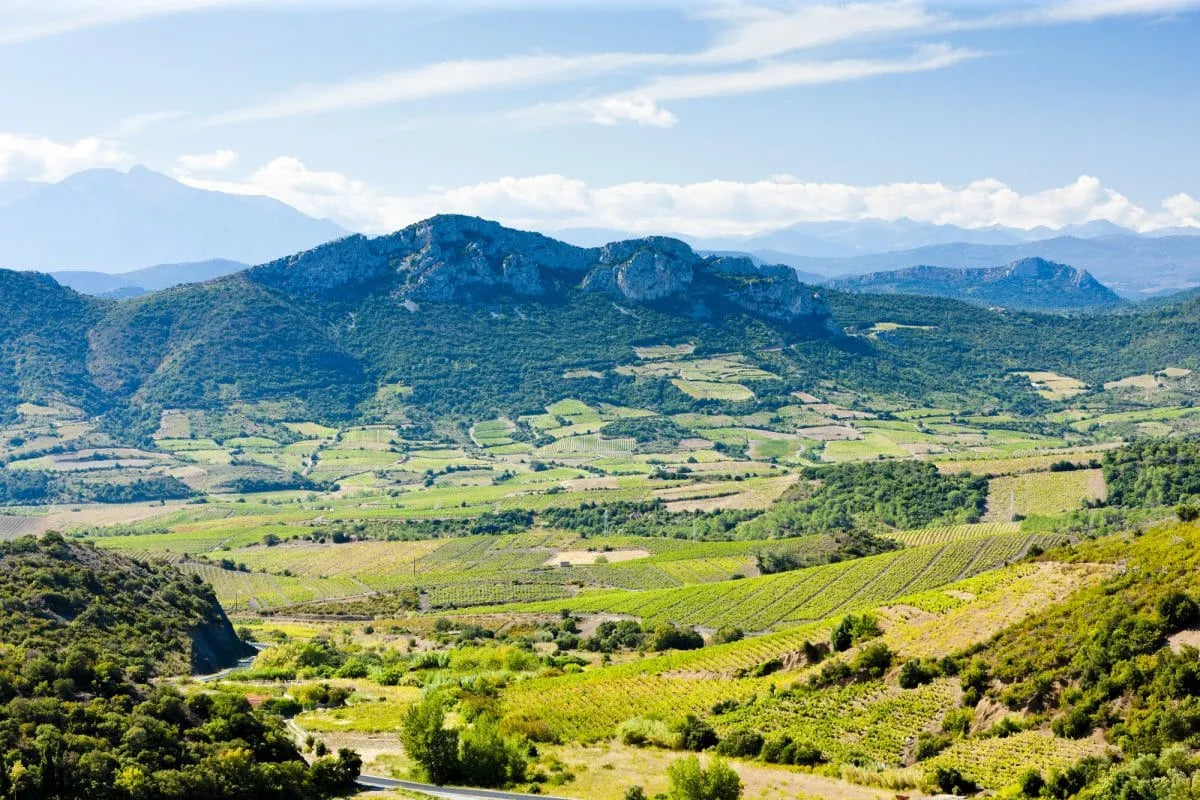
13 products
Our Languedoc-Roussillon Wines
Fast delivery throughout Europe & UK
Fast delivery throughout Europe & UK. Free shipping from €150 in France
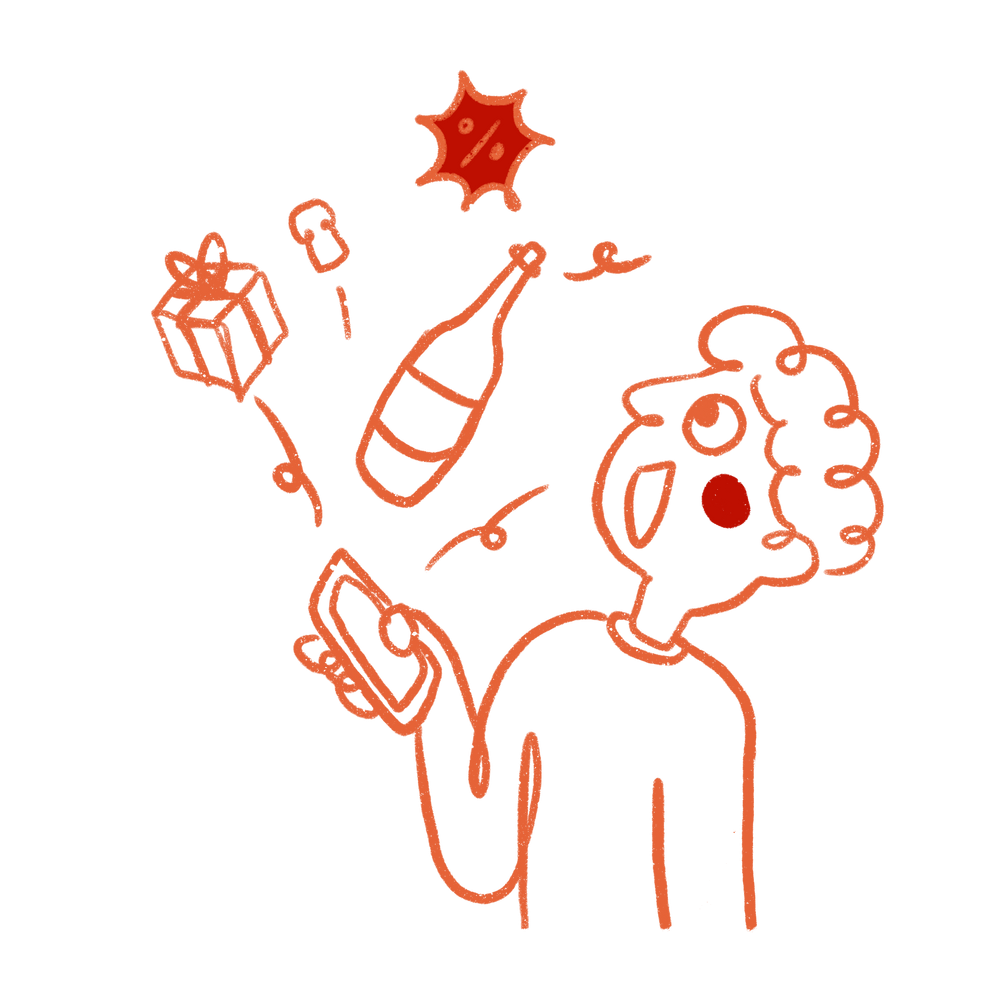

The Languedoc-Roussillon is authenticity in its purest form. From the foothills of the Pyrenees to the Mediterranean beaches, this land of sun and wind offers us wines that reflect its character: generous, expressive, and full of personality. A region where thousand-year-old tradition and innovation blend together for our greatest pleasure. Would you like to discover this jewel of southern France?

AOP RIVESALTES Roussillon, France

Côtes Catalanes, France

AOP MAURY Roussillon, France
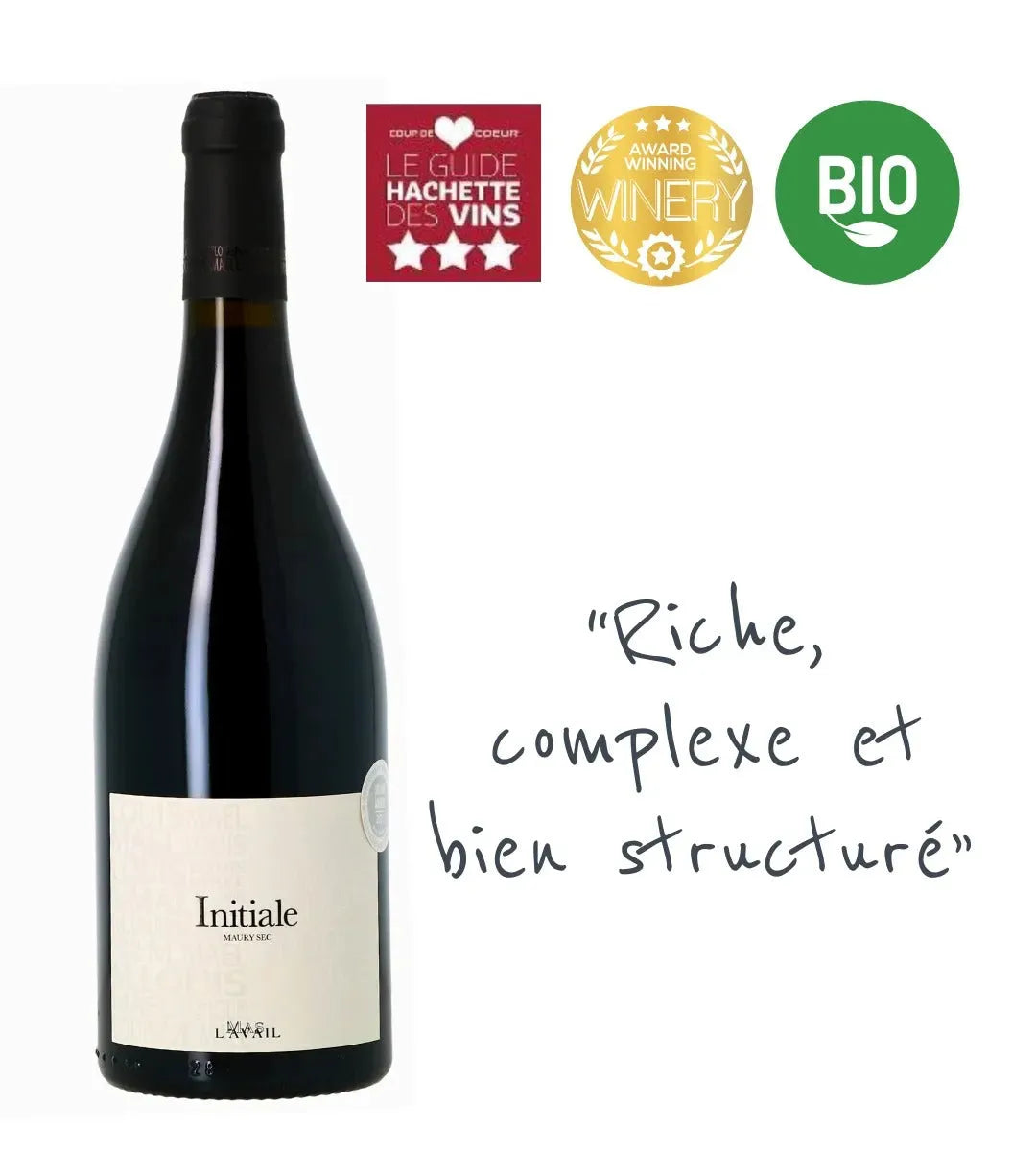
Maury Sec AOC Languedoc-Roussillon, France

AOP Banyuls Roussillon, France
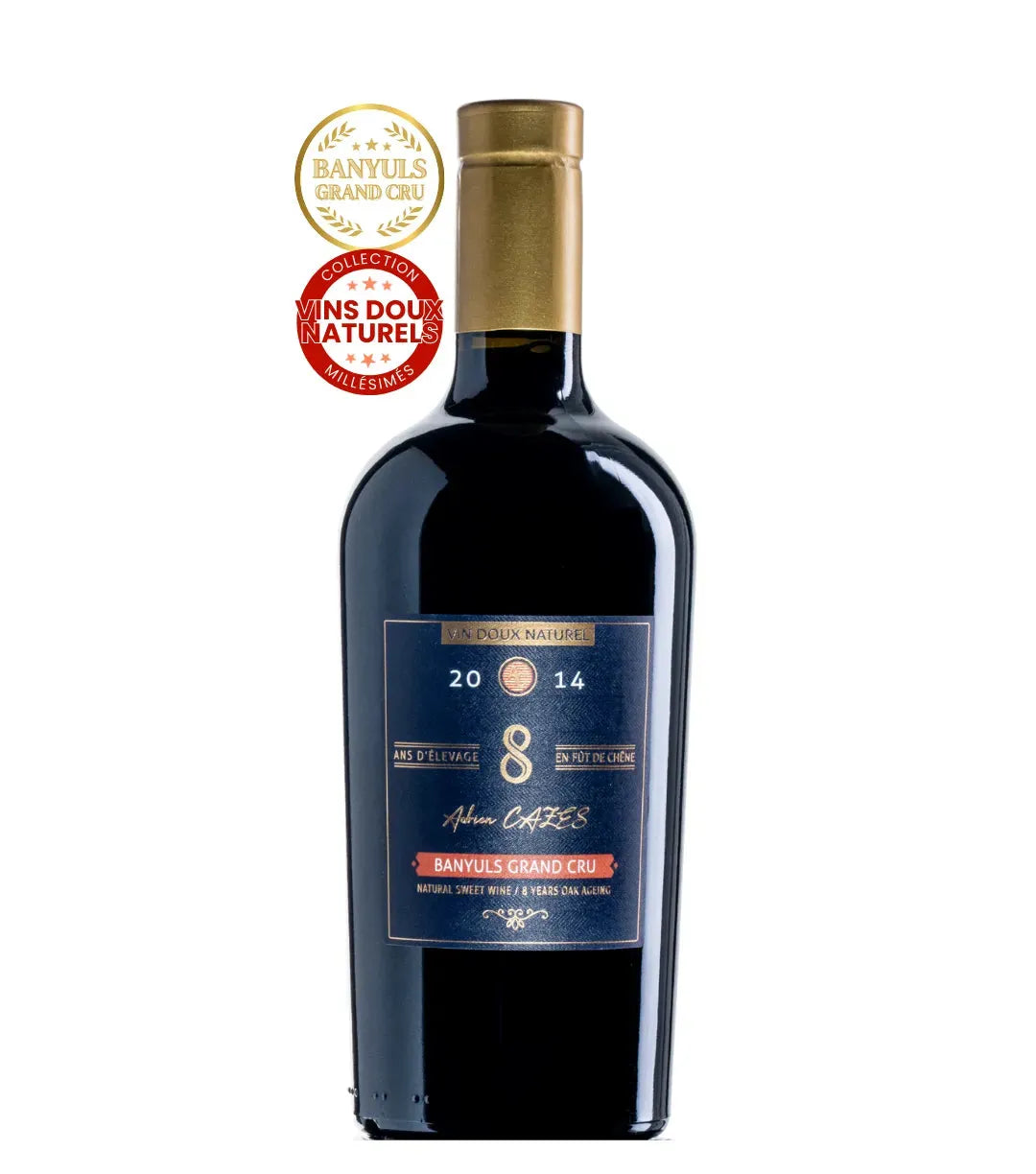
AOP BANYULS Roussillon, France
Between the Mediterranean and the Pyrenees, Languedoc-Roussillon tells a thousand-year history of wine. Since the first vines planted by the Greeks in the 8th century BC, this sun-drenched region has continuously reinvented itself, evolving from mass production to character-filled wines that today rival the greatest.
Languedoc distinguishes itself through the richness of its terroirs, offering a unique palette of expressions:
Roussillon benefits from an exceptional microclimate, shaped by:
VDNs (Vin Doux Naturel) constitute a precious heritage of Roussillon, produced according to the mutage method:
Languedoc-Roussillon continues its quest for excellence through:
Q: What is the main difference between Languedoc and Roussillon wines?
A: Languedoc primarily produces dry wines with a wide variety of styles, while Roussillon is historically renowned for its natural sweet wines, although it also produces excellent dry wines.
Q: What are the best recent vintages?
A: 2019, 2020 for their balance, 2016-2017 for their concentration and freshness, 2015 as a great vintage for aging.
Q: How should natural sweet wines be served?
A: Muscats at 8-10°C, Banyuls and Maury between 14-16°C for the more complex ones.
